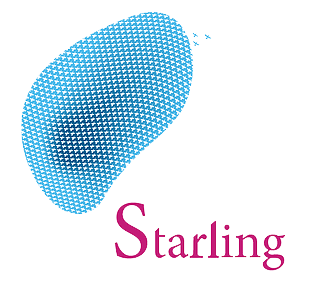Accelerating transformation
Last week, I attended the first edition of ‘SAS Data Science Analytics Day’ in Nieuwegein in the Netherlands, where ‘The Analytics Community’ was invited to become inspired.
It might be useful to know that I’m not a data scientist or data analyst. I’m an independent consultant in this area, formerly building analytical teams from scratch, defining corporate analytics strategies and managing related innovations programmes. I currently advise organizations on how they can accelerate their data-driven business transformation.
Back to the topic in question: as I drove to the SAS event, I was feeling very curious about the opening presentations for two reasons. Firstly, the title of the event combined data science with analytics and suggests that these form one discipline with a common goal. Secondly, I wondered what inspiration and message SAS would give to their ‘Analytics Community’?
To came back to the first point, in my opinion and experience data science and analytics are related but not the same thing. Data science focuses on finding new insight with new methods, models, and tools (AI, ML) in the data, whereas analytics sorts data into aspects that organizations are already familiar with and that focus on a particular goal and impact.
Peter Hinssen presented ‘The day after tomorrow’ and emphasized the importance of spending time thinking about how you can become and remain relevant in the future and why it’s so difficult for organizations to transform and deal with radical innovation.
He told us about the two most common responses to new technology: ‘Wow, that offers so many new opportunities!’, on the one hand and ‘Oops , that causes too many problems’ on the other.
To overcome the ‘Oops’ and the stagnation of a large-scale transformation, he advised all organizations to create a ‘disruption team’: a team that thinks outside the box, is eager to search for new business models and way of working, that understands the possibilities offered by new technology, and that is not afraid to formulate a dream and find a way to make that dream reality.
The audience thought about it and laughed, and I thought to myself: ‘What are the analytics people thinking right now? And what are the data scientists thinking?
Are the analytics people thinking ‘I told you so! I pointed out precisely the decline in our revenues, margins, how long customers remain with us, the gaps in our customer journeys, the below-par NPS drivers, the intelligence we are lacking in our operational processes etc.’?
Are the data scientists thinking ‘I’m very busy finding new revenue streams, new customers, automating current processes, and adding intelligence’?
Are they both thinking ‘I want to be part of this disruption team?’
I really hope so! Analysts can point out many cases in which innovation is not enough. Data scientists can speed up the introduction of new ideas based on new technological methods, models, and tools.
Together with C-level sponsorship, the mandate to challenge everything the organization stands for, and people from marketing, sales, operations and IT joining the team, the disruption team can really be launched.
I hope that not only the analytics community that attended the SAS event but also senior managers can work towards building a disruption team with a concrete plan before it’s too late.
If you need help accelerating the transformation of your organization into a business data-driven company ready for the future, don’t hesitate to contact me at s.scherer@starling-consultancy.com
